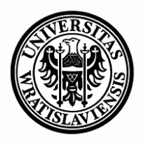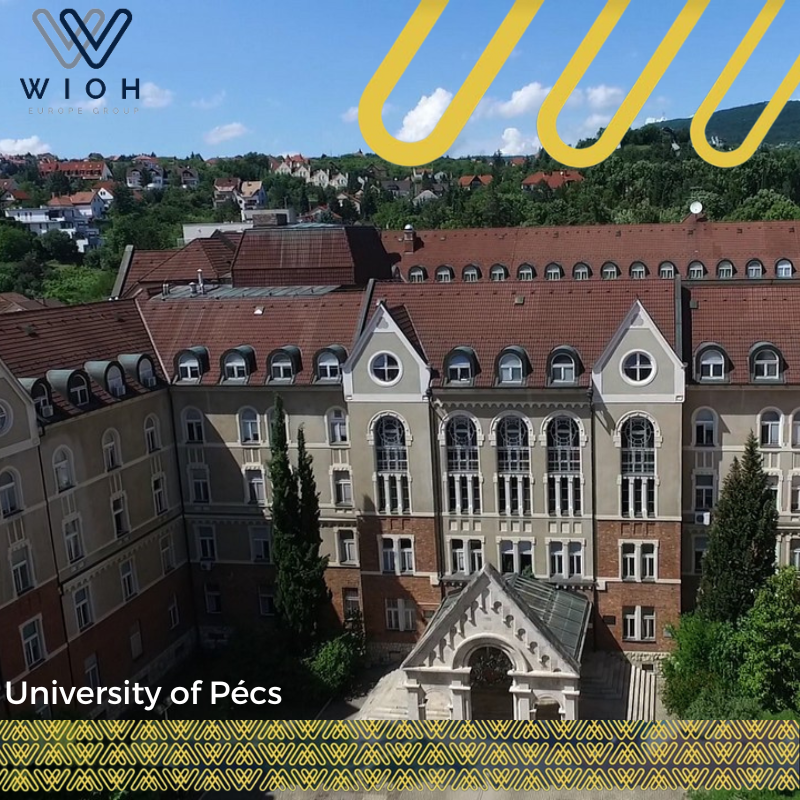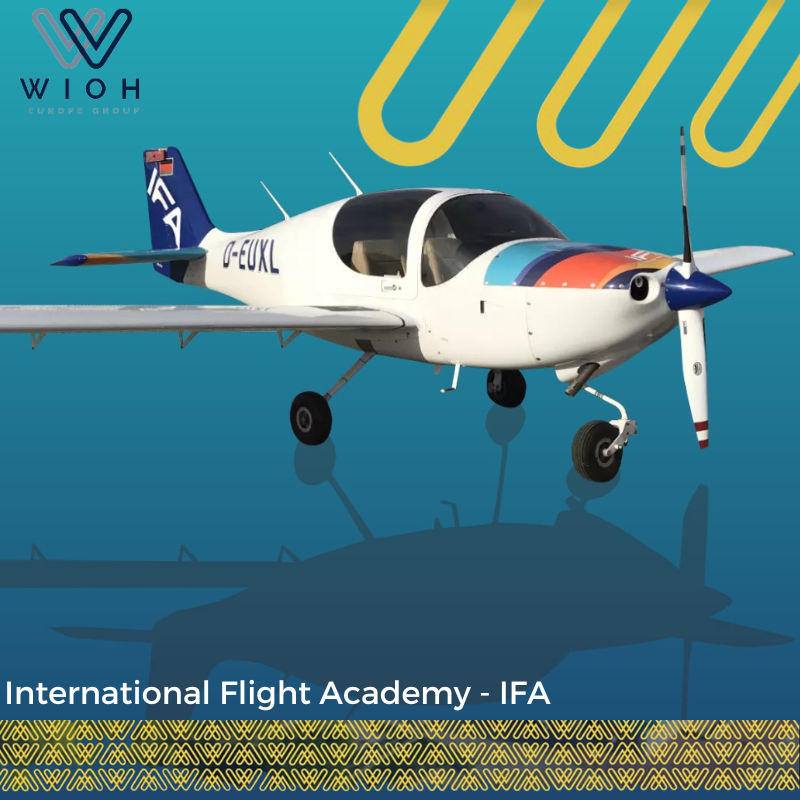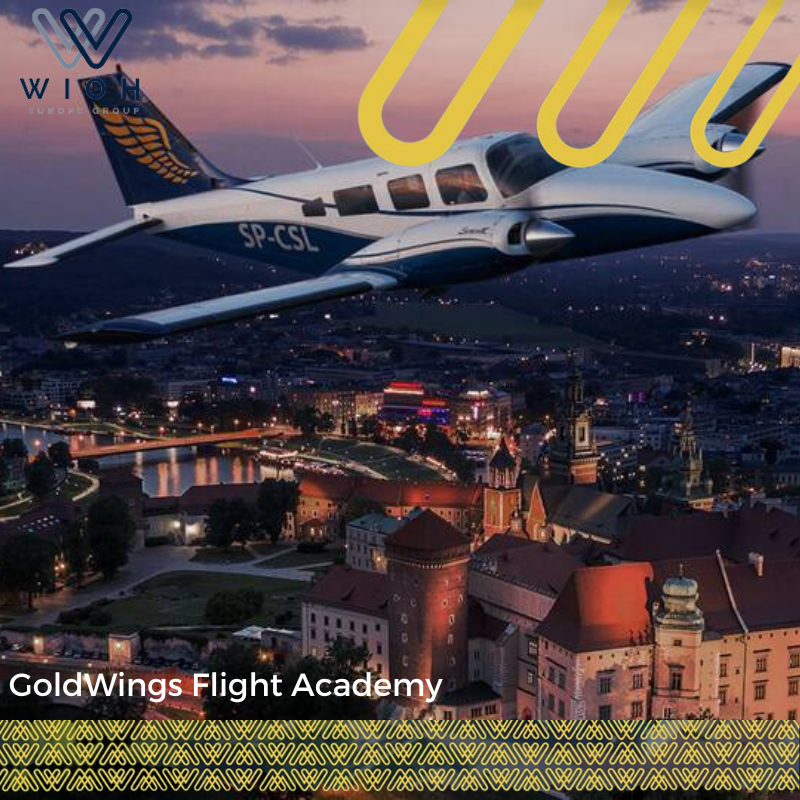Wroclaw University
The oldest universities in Central Europe draw on the historical heritage of Silesia and the heritage of Austrian, Prussian, Czech and Polish culture, as well as the continuation of the traditions of Polish universities in Lviv and Vilnius.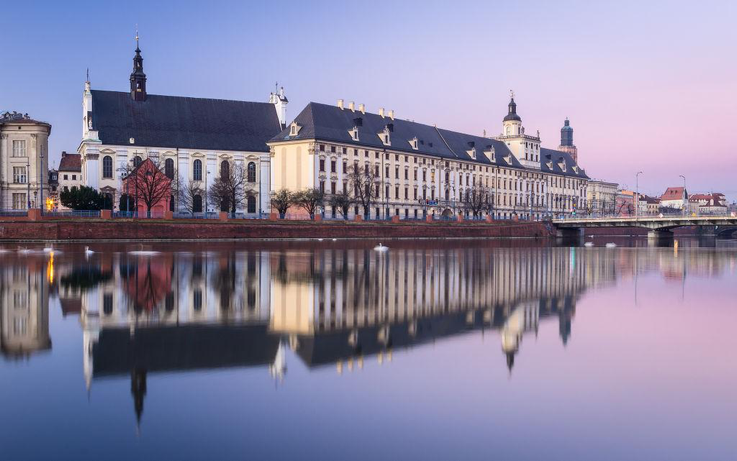
Ranking:
According to QS ranked 801 for the year 2020
According to THE World Ranked 1001 for 2020
According to SJR ranked 494 for 2021
University history:
The University of Wroclaw has a rich history of more than three centuries. The university was founded in 1702 AD. Thanks to the efforts of the Jesuits, the two-faculty Leopoldine University was established in Wrocław. Emperor Leopold I of Habsburg issued a founding document known as the Aurea bull Fundationis Universitatis Wratislaviensis in Vienna.
In 1811, as a result of the merger of the Catholic Leopoldina of Wroclaw and the Protestant Viadrina of Frankfurt (Oder), a state university was established. The new university educates young people of different nationalities and beliefs in five faculties: Catholic theology, Protestant theology, law, medicine and philosophy.
In 1911, the University of Silesia Friedrich Wilhelm in Rokau, famous scholars collaborated with the university and there were women among the students and lecturers.
In 1945, with the surrender of Festung Breslau, the history of German education in these fields came to an end, and the University and University of Technology WROCŁAW, the scientific and cultural group, whose core consisted of professors of Lviv universities, arrived in Wroclaw.
The Government of National Unity decided to convert the former German universities in Wroclaw into Polish state academic schools. The university and the University of Technology in Wroclaw began to work as one university.
In 1951, Wroclaw became an academic city with many universities, most of which were established as a result of the separation of individual faculties from the university
In the 1951/1952 academic year, when the Wrocaw University of Science and Technology became an independent university, the University and Wrocaw University of Science and Technology finally ceased to unite.
The year 1989 AD, is the beginning of a new period in the history of Poland is a new beginning for the University of Wroclaw, which is getting rid of the name of its sponsor imposed by the authorities of the People’s Republic of Poland. The period of return to the widely understood university autonomy begins as the university grows, and the fields of research and teaching increase.
Currently, the University of Wroclaw is one of the leading Polish public universities.
Teaching staff:
University President: Professor. Doctor Hub. Przemyslav Wiszewsk
Students: The university educates approximately 25,000 students and approximately 1,500 PhD students
Staff: Employs the best specialists, nearly 2000 scientists and more than 460 professors.
Majors: There are 44 majors to study at the University of Wroclaw.
Scientific fields: a wide range of different fields of science – from the humanities, legal and social sciences to biological, chemical, geographical, mathematical, information technology and astronomical
Faculties:
The university campus includes 10 faculties:
College of Biotechnology/Department of Chemistry/Faculty of Philology/Faculty of Law/Management and Economics/Faculty of Social Sciences/Faculty of History and Education, College of Biological Sciences/Faculty of Earth Sciences and Environmental Sciences/Department in Physics and Astronomy.
Students with disabilities:
The support team for students and doctoral students with disabilities carries out tasks related to creating conditions for people with disabilities to fully participate in the admission process at the university for educational and scientific activities. The assistance is represented in:
Transfer to the university in Wroclaw, Assistant teacher support, Spatial orientation course, Individual foreign language course covered by the study program, Psychological clinic, Rental of specialized equipment and devices, Adaptation of teaching materials.
Aula Leopoldina:
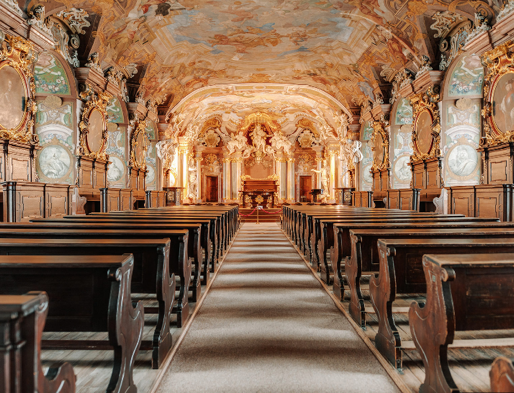
The most beautiful secular baroque hall in Central Europe, Aula Leopoldina is widely known as the most beautiful secular interior in Central Europe.
It is the largest and most representative part of the main building of the University of Wroclaw. It got its name in honor of Emperor Leopold I. The hall was designed by Christophorus Tausch. It was covered with frescoes by Johann Christoph Handke of Olomouc. The figurative sculptor was Franz Josef Mangoldt, the famous Wroclaw artist from Moravia, and the fresco was made by the Italian master Ignazio Prof. The triangular composition of the interior of the Aula was created by separating the podium, the auditorium, and the music gallery supported by columns.
Currently, the final stage of restoring Aula Leopoldina to its full splendor is underway through renovation work which began in 2016 where the main fresco above the hall, the vaulted space, the podium, the music gallery, the side walls of the hall and all the elements there, i.e. the paintings in gilded frames, have been renovated. , wooden masters chests, and paintings in window niches. windows and student benches.
Library:
The history of the library dates back to 1945 AD. Originally, the library had its rooms in several places. Most importantly, it was a semi-Gothic red brick building

called “Redigeranum”.
After the reconstruction the building was set to collect: old editions, manuscripts, drawing, cartography and music collections as well as Silesian-Lusatian and bibliological collections, it also houses a reading room, private collections, preservation of private collections, a reproduction laboratory, and digital technology.
In 2013, the first phase of the library’s move to a new building was in Fryderyka Joliot-Curie 12, then the functional laboratories and the library director and management began to work in the new building. The entire library collection (public and private) and all functional units were integrated.
The library contains 4 million volumes, which is the largest in Poland and the third largest in Europe collection of antique prints and the largest collection of medieval manuscripts in the country (even from the 5th century).
The University Library collections cover 100 kilometers of existing shelves, and one kilometer is added to them each year.
It is worth noting that spacious library lobbies, stepless doors and convenient elevators marked in Braille facilitate the movement of persons with disabilities throughout the building.
In the participating agencies (reading rooms, information center, free access to groups) workstations with high table tops are set up and there are wide gaps between the shelves, facilitating access for people with mobility impairments.
University Museums:
It has been around since 1992, and it shows the history of the University of Wroclaw.
It consists of several buildings: Aula Leopoldina, Oratorium Marianum and the Sports Tower, as well as exhibition rooms. The Museum collects and provides items related to the history of the University, among other things, furniture, historical equipment, scientific instruments, and archives about the University and its associated people.
The most interesting exhibits include, among others, the rector’s rebels and philosophical and theological faculty from 1702, as well as the rector’s clothing from the second half of the nineteenth century.
The collection of astronomical instruments, including a 14th century astrolabe, a globe from the sky from 1699, an 18th century tropical sundial and Galileo’s compass from 1665.
The Natural Museum and Ladisso Rydzewski:
Its herbarium collection is considered one of the largest in Europe, and its botanical and animal collections rank second in Poland in terms of number and scientific value. The Museum of Natural History of the University of Wroclaw houses, among other things, one of the world’s largest collections of caterpillars, corals, and many, the world’s largest collection of mollusks and the largest collection of vertebrate skeletons in Poland.
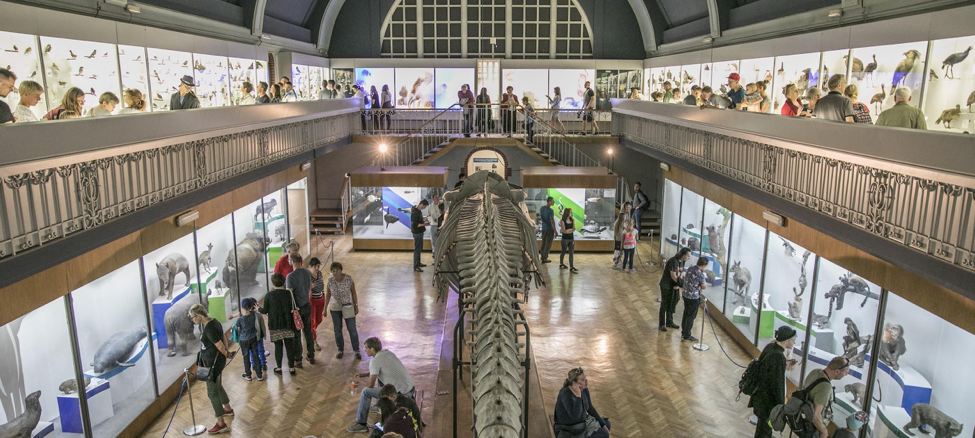
The Human Museum:
The museum’s origins go back to the interwar period, when the collection was collected by the Anthropology Institute at the then Medical School. The museum offers three exhibition rooms. In the formation room, the burial chamber, and a hall dedicated to the origin and development of man.
Geological Museum Henrik Tessier:
Since its inception, it has accumulated a rich collection of rocks and the remains of fossilized plants and animals. The collection of exhibits from all over the world includes more than 20,000 items of great scientific and educational value.
Mineral Museum Kazimierz Malankevich:
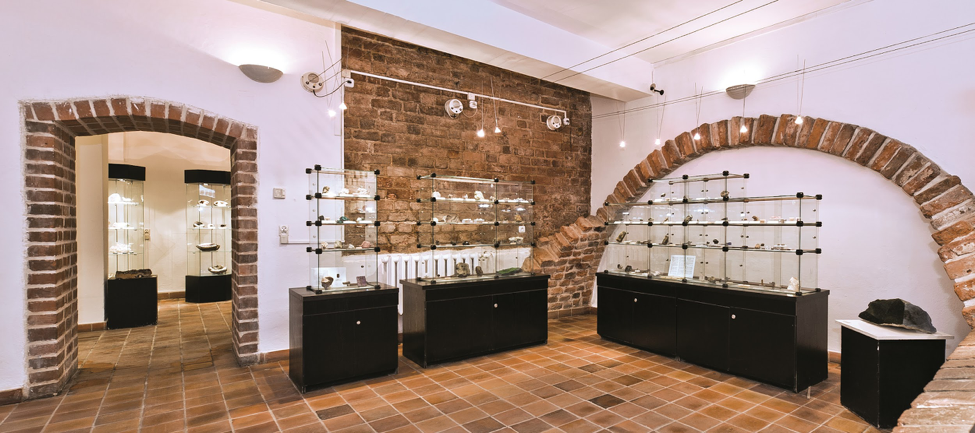
It is the largest and oldest museum of this kind in Poland. It was founded in 1812 as the Metal Cabinet. It has one of the largest collections in the country around 30,000 specimens, the main area of specialization being the collection of minerals from Poland, especially from Lower Silesia. The collections are organized into four sections: Minerals of the World, Minerals of Poland, Precious and Decorative Gemstones, and Meteorites.
Botanical Garden in WROCŁAW:
The Botanical Garden of the University of Wroclaw, called an oasis of beauty and peace in the heart of a big city, is a “living museum”, as well as a center for research and education. It is the second oldest such garden in Poland (after the one in Krakow), and is included in the list of monuments Archeology in the county.
Branch of the botanical garden:
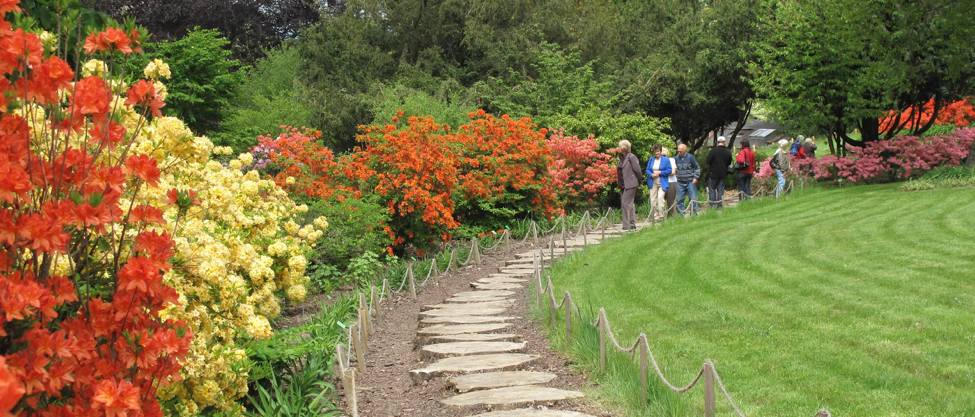
The beginnings of the nursery go back to the eighteenth century. In 1977, the Botanical Gardens and Arboretum of Poland granted the garden in Wojsławice the status of an arboretum, and in 1983 the entire facility (approximately 5 hectares) was entered into the Register of Cultural Monuments. Since 1988, the arboretum in Wojsławice has been a branch of the Botanical Garden of the University of Wrocław.
University features:
The university is currently the largest in Lower Silesia, and has graduated nearly 100,000 students since 1945, including over 1,900 researchers, some of whom have received prestigious awards for their contributions to the development of science.
The university has nearly 300 research departments, more than 20 laboratories and 160 laboratories
Two of its faculties – the School of Biotechnology and the School of Law, Management and Economics – have Class A+ awarded by the Ministry of Science and Education. This means that the level of research and teaching in these units is the highest in the country.
Every year, the university ranks highly in the national ranking (4th university in the country according to Perspektywy 2020).
It is the third Polish university mostly chosen by foreign students, which means that students can meet students from all over the world at the University of Wroclaw.
It occupies a leading position among Polish universities in terms of the number of students going abroad. As the only company in Poland, it belongs to the global ISEP exchange network, thanks to which its students go to the United States for research grants.
It cooperates with many universities inside and outside the European Union within international learning programs such as Erasmus, Erasmus Mundus, ISEP and CEEPUS.
The University of Wroclaw is a prestigious research center, several thousand scientific publications appear annually as a result of the work of highly qualified scientists participating in more than 280 research projects. This research resulted in the latest inventions and patents.
The university is a member of 9 scientific networks and 13 scientific industry associations.
Excellence Initiative – Research University: It is an initiative that aims, in the next six years, to transform leading Polish universities into research institutions similar to their counterparts from Western Europe, the United States and Asia.
As a research university, Wroclaw is the only university in Lower Silesia and one of the ten universities in the country. This means that in the coming years it will receive additional funds for the implementation of the project of the University of Wroclaw, which was awarded in the competition “Excellence Initiative – Research University”. The project assumes many benefits for current and future students of our university, including scholarship and grant programs, tutoring, reduction in the number of study groups and expansion of the offer of programs in English and the provision of additional studies from one course to especially talented and ambitious people.
The mission of the university is to conduct and promote research of the highest international quality, while maintaining close relations with Wroclaw and Lower Silesia, and being open to cooperation with universities and companies from Poland and abroad, to build a center of scientific, intellectual and cultural life.
